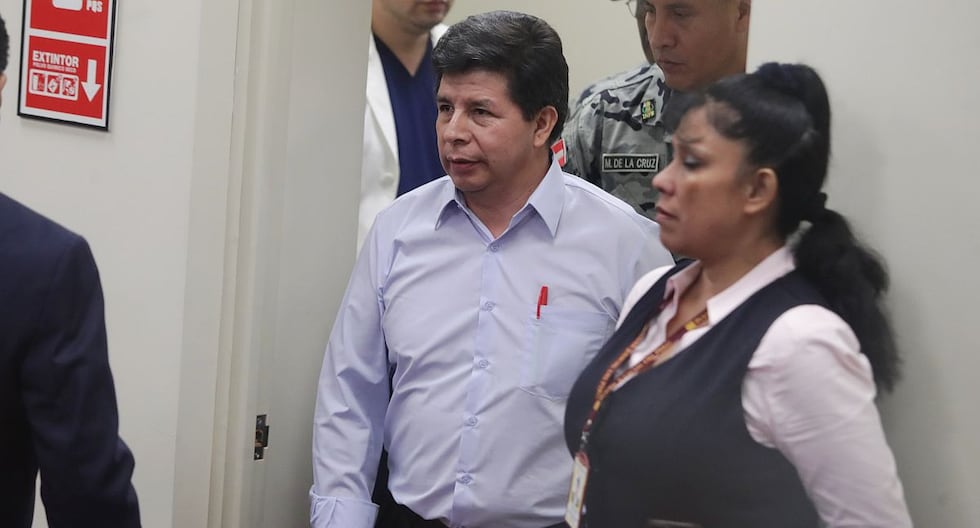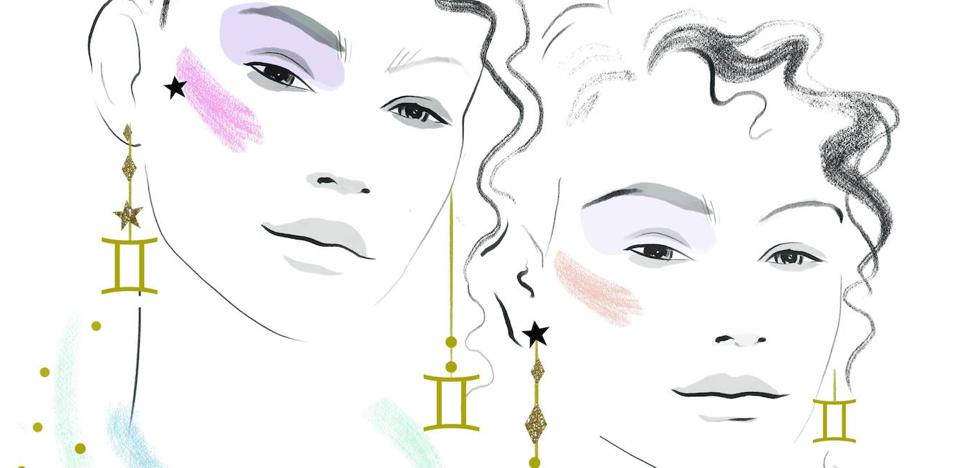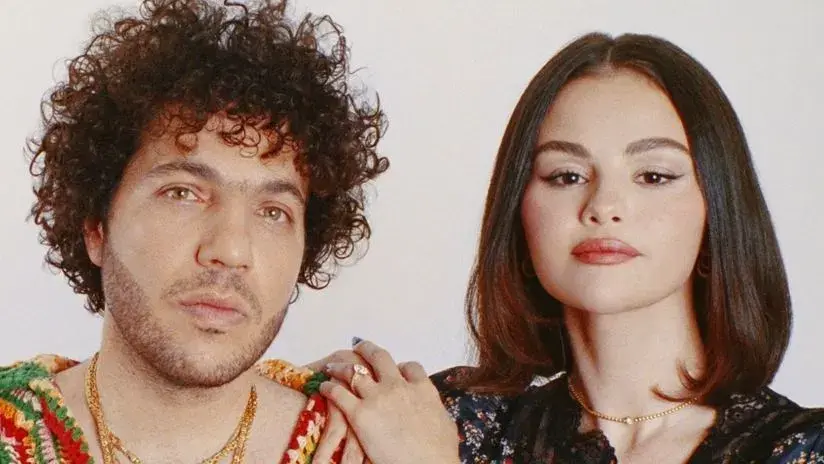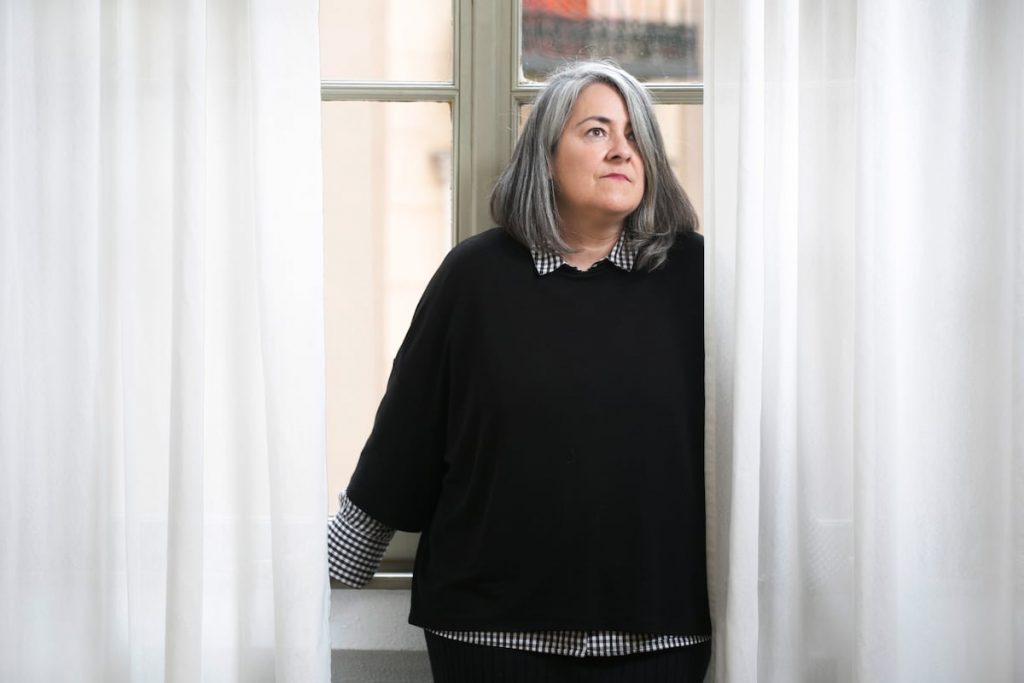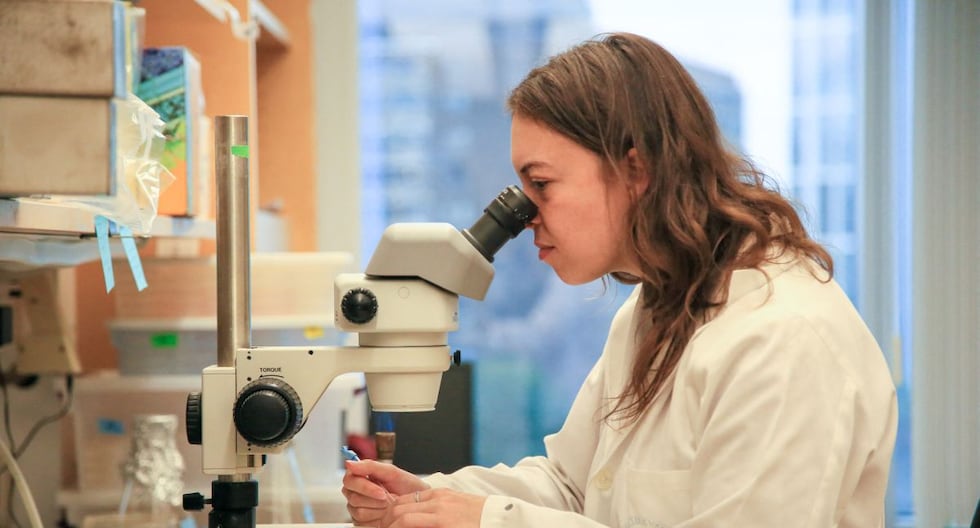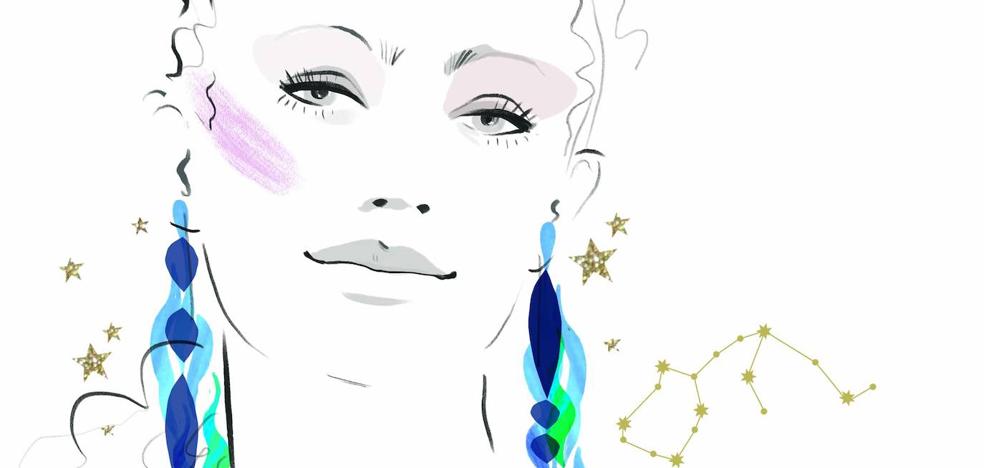Águeda González had her first panic attack at the age of 18. From then on, it was only a matter of time before she was confined to her home. “I started putting off doing things for fear of experiencing panic, and the more I reinforced the cycle, the more anxious I felt,” she laments. She eventually wasn’t able to leave her house unless she was accompanied. Her condition reached the point that she wasn’t even able to be at home alone. Her only concern was avoiding anxiety and fear. “When I was a child, I already had agoraphobic behaviors. I never went to my friends’ houses to play, or on outings. I couldn’t spend too much time without my mother,” she recalls. Then, from the ages of 14 to 18, she experienced a kind of respite in which she felt anxious, but it didn’t stop her from doing things. Anxiety disorders affect more than 300 million people worldwide, according to data from the World Health Organization. Of these, between 1% and 1.7% suffer from agoraphobia, with agoraphobia being up to twice as common in women as in men, although there’s no clear explanation for this (although cultural factors, upbringing, or unequal caregiving burdens have been cited). The true definition of agoraphobia falls short of the literal meaning that usually accompanies the word. This is because — far from implying a fear of open spaces — it’s actually a fear of fear itself. “A person with agoraphobia is afraid of a sensation and avoids places or situations from which it may be difficult to escape, or from which they may not be able to receive help if a panic attack occurs,” explains Rubén Casado, a psychologist specializing in anxiety. He’s also the founder of the Madrid Agoraphobia Association (AMADAG), which emerged from his own personal experience with the disorder. People who experience agoraphobia are those who have had a traumatic experience with a panic attack; that is, they’ve experienced a situation in which they suddenly felt that their own symptoms were dangerous. Rubén Casado, a psychologist specializing in anxiety and founder of the Madrid Agoraphobia Association (AMADAG), and Águeda González, a patient.Santi Burgos To get to this point, a person has usually experienced intense, sustained anxiety. The first manifestation of this anxiety is a panic attack, which explodes like a volcano, triggering extreme anguish. Finally, agoraphobia is the rejection of the anxiety experienced and the attempt to avoid experiencing it again. “In some way, the person begins to fear themselves after this experience,” the psychologist points out. A cycle is established, in which the person begins to fear their own reaction to fear. Hence, they try to seek refuge in external aids, be they people, places, objects, or rituals. For example, checking if there’s a hospital nearby when visiting a new place. Shame and misunderstanding González felt supported and understood by those closest to her, but she didn’t tell her extended family or friends. “I always had a good excuse for not doing the things they suggested. And I felt that I couldn’t do anything. I experienced [my condition] as a kind of shame that I had to hide from others. You become very skilled at trying not to let it show,” she notes. Casado believes that it’s not helpful to live in a society that rewards productivity and follows standards that are based on the notion of “anything is possible.” “There’s been a lot of publicity about anxiety, it’s talked about a lot, but it’s still not fully understood,” he says Anna García has suffered from agoraphobia for more than three years, but she’s also been dealing with generalized anxiety disorder (GAD) for 20 years. Agoraphobia appeared at the best time in her life: she had a job she loved and a close-knit family. She felt that she had achieved her dream of stability. However, it was at that precise moment that agoraphobia set in, and she didn’t really know what was happening. “I started suffering from dizziness, fainting… I lived with a constant feeling of insecurity and fear,” she sighs. For months, all she wanted to do was sleep to avoid suffering. Her fear of falling down the stairs was so intense that she could barely manage in her own home. “I spent four months practically living in the dining room. I needed someone always near me, even to take a shower. Every day was hell,” she recalls. The hardest part for her has been the lack of understanding and prejudice she’s encountered. Her family was her lifeline, especially her mother, her children and her sister. Patient associations can become a source of support. The Spanish Association for Mutual Aid against Social Phobia and Anxiety Disorders (AMTAES) offers a community and resources to lean on. Its president — Enrique Vargas — points out that people who come to the association often struggle with social misunderstanding and find that AMTAES is a safe space to express their feelings. “Peer support is often a very useful tool for the recovery of those affected,” says Vargas. AMTAES hosts meetings and gatherings through a network of mutual support groups. Águeda González, patient.Santi Burgos “The patients can be helped and — at the same time — they can help others, which gives new meaning to their lives. They feel part of a group, and they feel useful by sharing their personal experiences with others. And they also improve their social relationships,” Vargas affirms. He adds that it’s important to make this reality visible, so that society understands the scale of the problem and that specialized, free psychological care programs are implemented by public administrations. For Casado, this visibility comes through awareness, but not just any kind. “Awareness has helped to better understand these disorders, but their simplification and popularization by non-experts also leads — in many cases — to overdiagnosing, or even underestimating this problem,” he explains. The psychologist believes that this can overwhelm clinics with milder anxiety cases, leaving more serious cases




